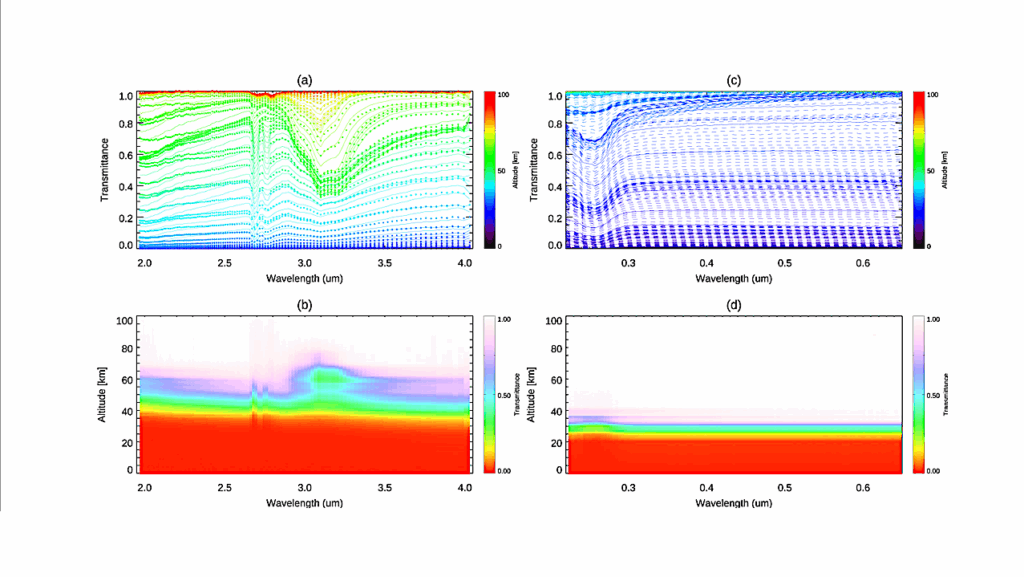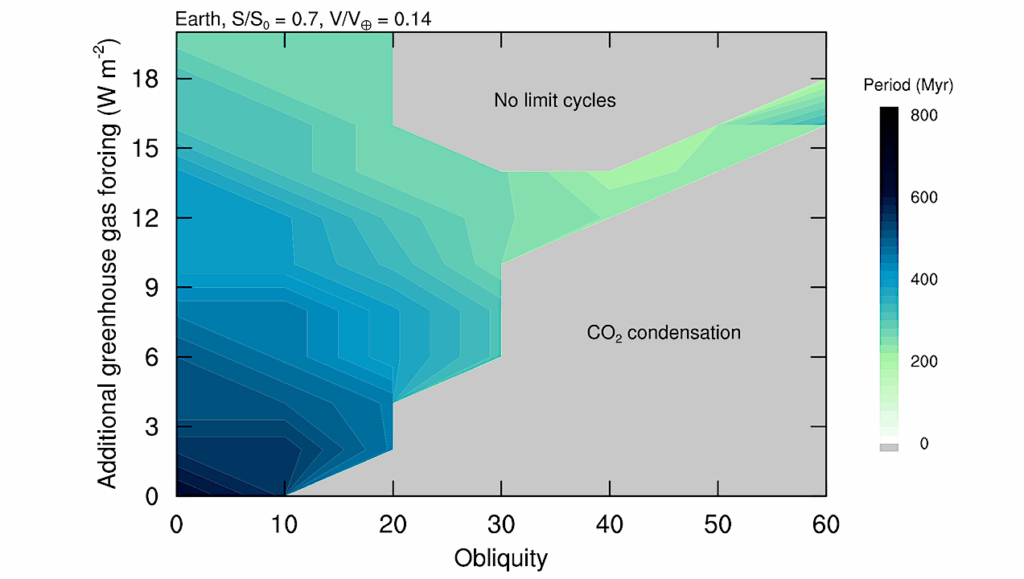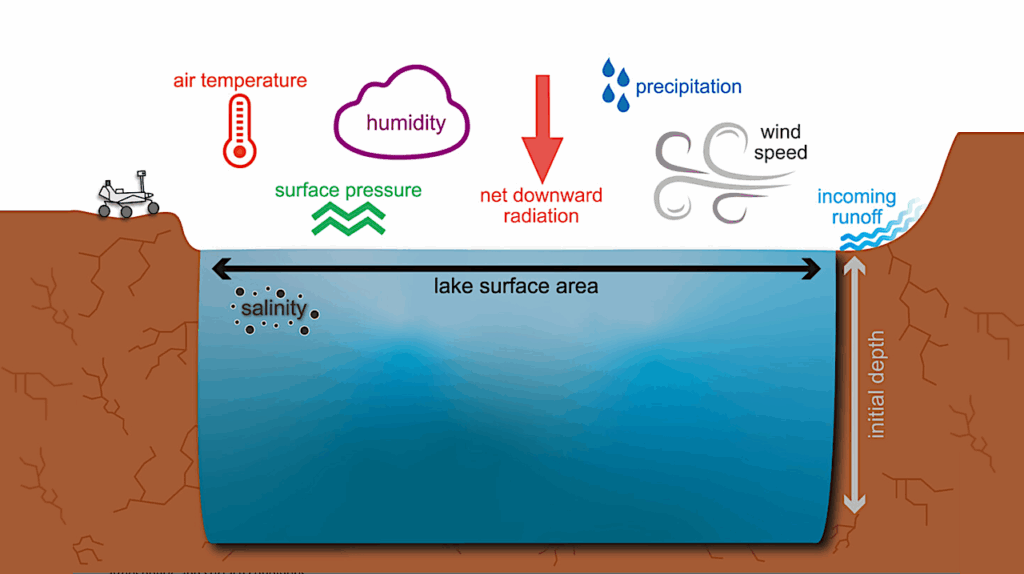Water Storage Capacity Of The Martian Mantle Through Time

Water has been stored in the Martian mantle since its formation, primarily in nominally anhydrous minerals. The short-lived early hydrosphere and intermittently flowing water on the Martian surface may have been supplied and replenished by magmatic degassing of water from the mantle.
Estimating the water storage capacity of the solid Martian mantle places important constraints on its water inventory and helps elucidate the sources, sinks, and temporal variations of water on Mars. In this study, we applied a bootstrap aggregation method to investigate the effects of iron on water storage capacities in olivine, wadsleyite, and ringwoodite, based on high-pressure experimental data compiled from the literature, and we provide a quantitative estimate of the upper bound of the bulk water storage capacity in the FeO-rich solid Martian mantle.
Along a series of areotherms at different mantle potential temperatures (Tp), we estimated a water storage capacity equal to 9.0+2.8−2.2 km Global Equivalent Layer (GEL) for the present-day Martian mantle at Tp = 1600 K and 4.9+1.7−1.5 km GEL for the initial Martian mantle at Tp = 1900 K. The water storage capacity of the Martian mantle increases with secular cooling through time, but due to the lack of an efficient water recycling mechanism on Mars, its actual mantle water content may be significantly lower than its water storage capacity today.
Junjie Dong, Rebecca A. Fischer, Lars P. Stixrude, Carolina R. Lithgow-Bertelloni, Zachary T. Eriksen, Matthew C. Brennan
Comments: 52 pages including supplementary materials, 14 figures, 13 tables; manuscript accepted for publication in Icarus
Subjects: Geophysics (physics.geo-ph); Earth and Planetary Astrophysics (astro-ph.EP)
Cite as: arXiv:2205.15450 [physics.geo-ph] (or arXiv:2205.15450v1 [physics.geo-ph] for this version)
Submission history
From: Junjie Dong
[v1] Mon, 30 May 2022 22:17:14 UTC (9,863 KB)
https://arxiv.org/abs/2205.15450
Astrobiology








